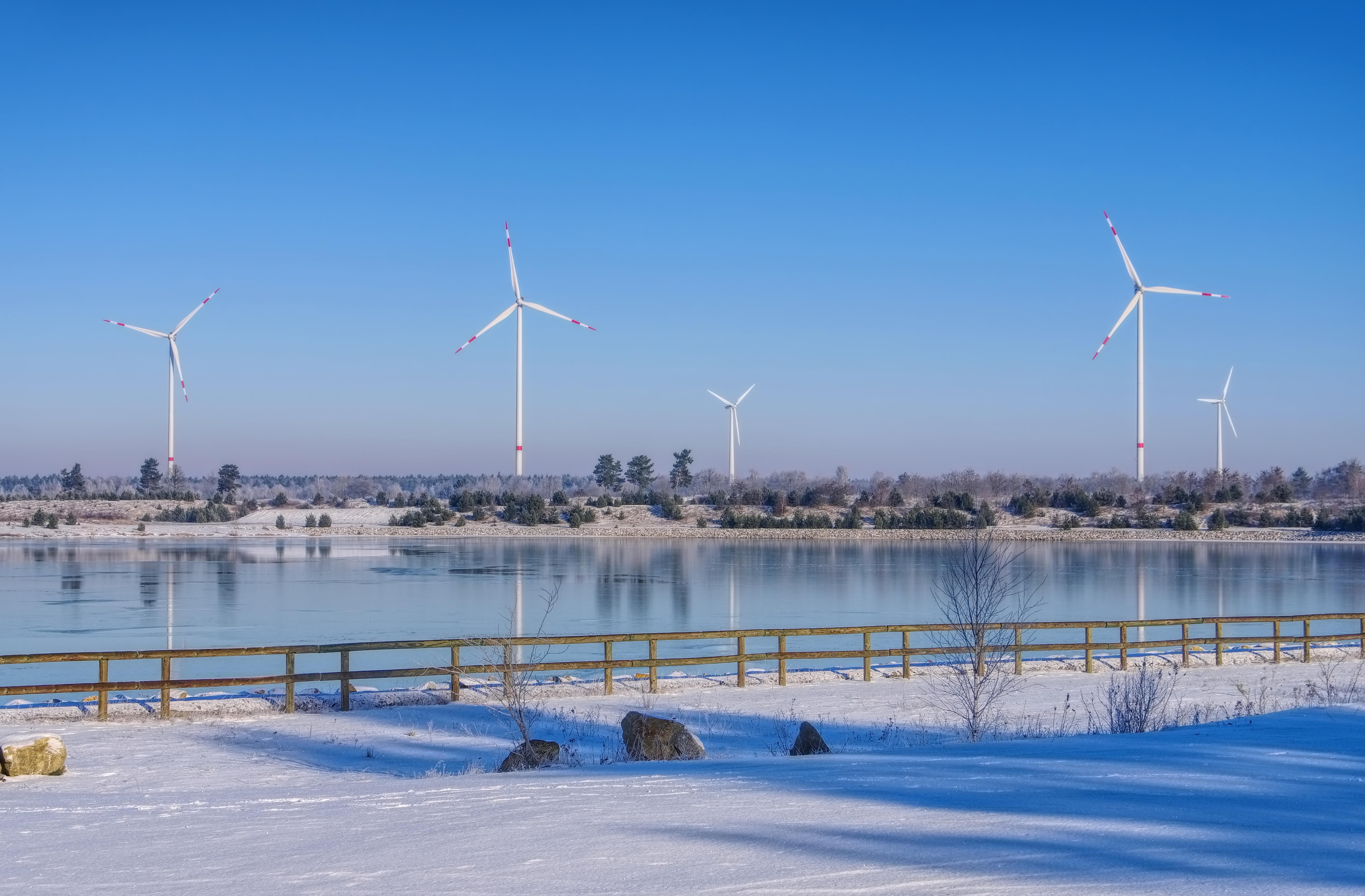Hint: This website is not optimized for your browser version.
Electricity generation in August and September 2019
21 October 2019 – Total electricity generation in Germany in August and September was 11.7% lower compared with a year earlier. While renewable electricity generation was up by 3.5%, conventional generation fell by 20.7% year-on-year.
Germany's total electricity generation from renewable and conventional energy sources in August and September amounted to 76.8 TWh, 11.7% lower than in the same period of the previous year. The lowest hourly output was 33.4 GWh and occurred on Sunday, 18 August. This was 11.8% lower than the lowest output a year earlier. The highest hourly output of 78.5 GWh was produced on Monday, 30 September.
The graph illustrates electricity generation and consumption in August and September. It shows total electricity generation and consumption on each day in the period. The day with the highest amount of electricity generated was 30 September, which was also the day with the top hourly output (not illustrated).
Conventional electricity generation was down 20.7% year-on-year and has shown an overall decline since the beginning of the year. One explanation for this is the fall in electricity consumption, ie the demand for electricity, since the beginning of the year. Another is that higher prices for CO2 certificates are making electricity generated from fossil fuels, and in particular from lignite and hard coal, more expensive and consequently electricity generation from these fuels economically unviable. Gas-fired power plants, which emit less CO2 than coal-fired plants, can therefore benefit when fuel prices are low: at certain times what is known as the "fuel switch" takes effect. This is when gas-fired plants take the place of coal-fired plants in the merit order and set the prices in the wholesale market.
Unlike conventional generation, onshore wind power was up in the two months compared with a year earlier, from 11.2 TWh to 11.6 TWh. The increase in offshore wind generation was considerably higher than in the previous year due to higher capacity: a total of 3.3 TWh was fed into the grid in August and September, up around 16.3% year-on-year.
The graph illustrates conventional electricity generation and electricity consumption in the period from January to September. It shows total generation and actual consumption in each month in the period.
Highest and lowest outputs of renewable electricity generation
September, in particular, sees the first heralds of autumn. Temperatures drop and days become shorter, leading to a fall in electricity generation from photovoltaic installations, while the number of windy days increases. Storm "Mortimer", for instance, led to a rise in wind generation on Monday, 30 September. The amount of electricity generated by wind installations in the period from midnight to 7am alone was high enough to meet nearly 76% of Germany's actual electricity consumption.
Renewables produced their highest hourly output of 59.6 GWh between 12pm and 1pm – more than double the average hourly output in the months of August and September (22.8 GWh). Renewables also produced their highest daily output on the last day of September: a total of 1,015 GWh was fed into the grid, including 783.7 GWh from wind installations (onshore and offshore) and 95 GWh from photovoltaic installations.
Renewable energy sources produced their lowest output of 7,052 MWh between 4am and 5am on Friday, 2 August. Biomass plants made the highest contribution in this period with 4,256 MWh, while wind installations generated only 521 MWh, with little wind in this hour.
The graph shows the day when renewables produced their highest output (Monday, 30 September). The red line shows consumption.
Highest and lowest outputs of conventional electricity generation
Conventional power plants have, as far as technically feasible and economically reasonable, adapted flexibly to the generation from renewables. Conventional generation recorded its lowest hourly output of 12.7 GWh between 3pm and 4pm on Saturday, 10 August. Conventional plants produced their highest hourly output of 46.8 GWh between 7pm and 8pm on Wednesday, 25 September, when renewables generated barely 10.5 GWh. At the same time, Germany imported 3.8 GWh from its European neighbours through the electricity market.

